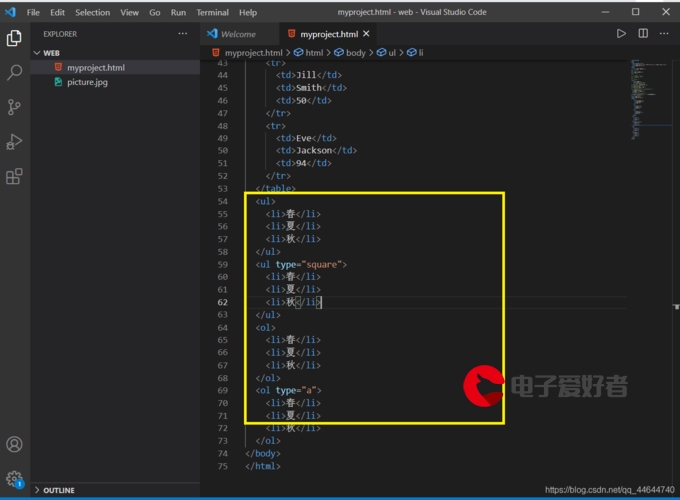 Dynamic Antenna array 用于近场重新总结"/>
Dynamic Antenna array 用于近场重新总结"/>
Dynamic Antenna array 用于近场重新总结
Main Point
加密和交织可以混合在一起吗?
\subsection{System Model}
Single User, One DMA as a transmitter. Alice, Bob, Willie. Covert, Artificial Noise, Sparse, Angle domain.
论文1 Beam Focusing for Near-Field Multiuser MIMO Communications
\subsection{Near Field channel model}
To evaluate the ability to exploit near-field operation in MIMO communications, we focus on downlink multi-user systems. In particular, we consider a downlink multi-user MIMO system where the BS employs a uniform planar array (UPA), i.e., a two-dimensional antenna surface, with N e N_{e} Ne uniformly spaced radiating elements in the horizontal direction and N d N_{d} Nd elements in the vertical direction. The total number of antenna elements is thus N = N d × N e N=N_{d} \times N_{e} N=Nd×Ne . We denote the Cartesian coordinate of the l l l th element of the i i i th row as p i , l = ( x l , y i , 0 ) , l = 1 , 2 , … N e , i = 1 , 2 , … N d \mathbf{p}_{i, l}=\left(x_{l}, y_{i}, 0\right), l=1,2, \ldots N_{e}, i=1,2, \ldots N_{d} pi,l=(xl,yi,0),l=1,2,…Ne,i=1,2,…Nd . The BS communicates with M M M single-antenna receivers, as illustrated in Fig. 2. We consider that the receivers’ positioning information is known at the BS via high-accuracy wireless positioning techniques [3]. We focus on communications in the near-field, i.e., where the distance between the BS and the users is not larger than the Fraunhofer distance d F d_{\mathrm{F}} dF and not smaller than the Fresnel limit d N d_{\mathrm{N}} dN . The properties of near-field spherical waves allow for the generation of focused beams to facilitate communications.
To start, we model the near-field wireless channels following
existing modelling techniques for EM propagation in the radiating near-field, e.g., [30]. The signal received in free-space conditions by the legitimate user Bob, located at p b = ( x b , y b , z b ) \mathbf{p}_{b}=\left(x_{b}, y_{b}, z_{b}\right) pb=(xb,yb,zb) is given by
r ( p b ) = ∑ i = 1 N d ∑ l = 1 N e A i , l ( p b ) e − ȷ k ∣ p b − p i , l ∣ s i , l + n b \begin{equation} r\left(\mathbf{p}_{b}\right)=\sum_{i=1}^{N_{d}} \sum_{l=1}^{N_{e}} A_{i, l}\left(\mathbf{p}_{b}\right) e^{-\jmath k\left|\mathbf{p}_{b}-\mathbf{p}_{i, l}\right|} s_{i, l}+n_{b} \end{equation} r(pb)=i=1∑Ndl=1∑NeAi,l(pb)e−k∣pb−pi,l∣si,l+nb
where s i , l s_{i, l} si,l denotes the signal emitted by the antenna at position p i , l \mathbf{p}_{i, l} pi,l ; the term e − ȷ k ∣ p m − p i , l ∣ e^{-\jmath k\left|\mathbf{p}_{m}-\mathbf{p}_{i, l}\right|} e−k∣pm−pi,l∣ contains the phase due to the distance travelled by the wave from p i , l \mathbf{p}_{i, l} pi,l to p m \mathbf{p}_{m} pm ; k = 2 π / λ k= 2 \pi / \lambda k=2π/λ is the wave number; A i , l ( p m ) A_{i, l}\left(\mathbf{p}_{m}\right) Ai,l(pm) denotes the channel gain coefficient; and n m ∼ C N ( 0 , σ 2 ) n_{m} \sim \mathcal{C N}\left(0, \sigma^{2}\right) nm∼CN(0,σ2) is the additive white Gaussian noise (AWGN) at user m m m . Following [30], we write
A i , l ( p m ) = F ( Θ i , l , m ) λ 4 π ∣ p m − p i , l ∣ \begin{equation} A_{i, l}\left(\mathbf{p}_{m}\right)=\sqrt{F\left(\Theta_{i, l, m}\right)} \frac{\lambda}{4 \pi\left|\mathbf{p}_{m}-\mathbf{p}_{i, l}\right|} \end{equation} Ai,l(pm)=F(Θi,l,m) 4π∣pm−pi,l∣λ
where Θ i , l , m = ( θ i , l , m , ϕ i , l , m ) \Theta_{i, l, m}=\left(\theta_{i, l, m}, \phi_{i, l, m}\right) Θi,l,m=(θi,l,m,ϕi,l,m) is the elevation-azimuth pair from the l l l th element of the i i i th row to the m m m th user, while F ( Θ i , l , m ) F\left(\Theta_{i, l, m}\right) F(Θi,l,m) is the radiation profile of each element, modeled as
F ( Θ i , l , m ) = { 2 ( b + 1 ) cos b ( θ i , l , m ) θ i , l , m ∈ [ 0 , π / 2 ] 0 otherwise \begin{equation} F\left(\Theta_{i, l, m}\right)=\left\{\begin{array}{ll} 2(b+1) \cos ^{b}\left(\theta_{i, l, m}\right) & \theta_{i, l, m} \in[0, \pi / 2] \\ 0 & \text { otherwise } \end{array}\right. \end{equation} F(Θi,l,m)={2(b+1)cosb(θi,l,m)0θi,l,
更多推荐
Dynamic Antenna array 用于近场重新总结












发布评论